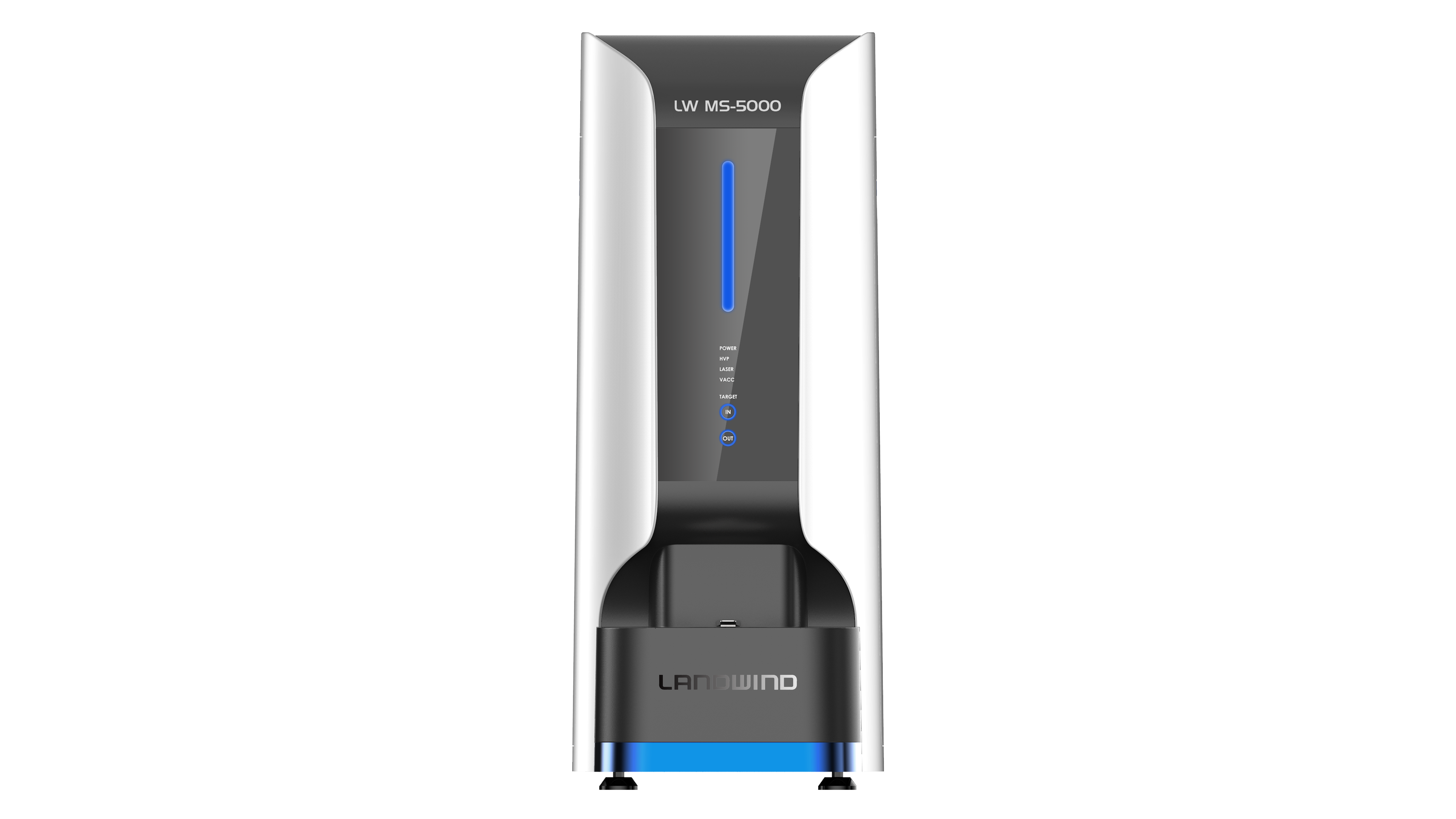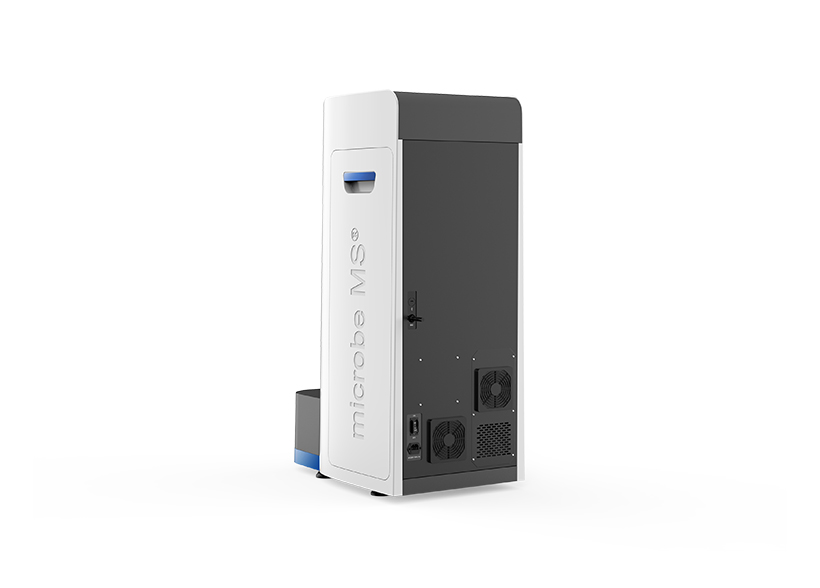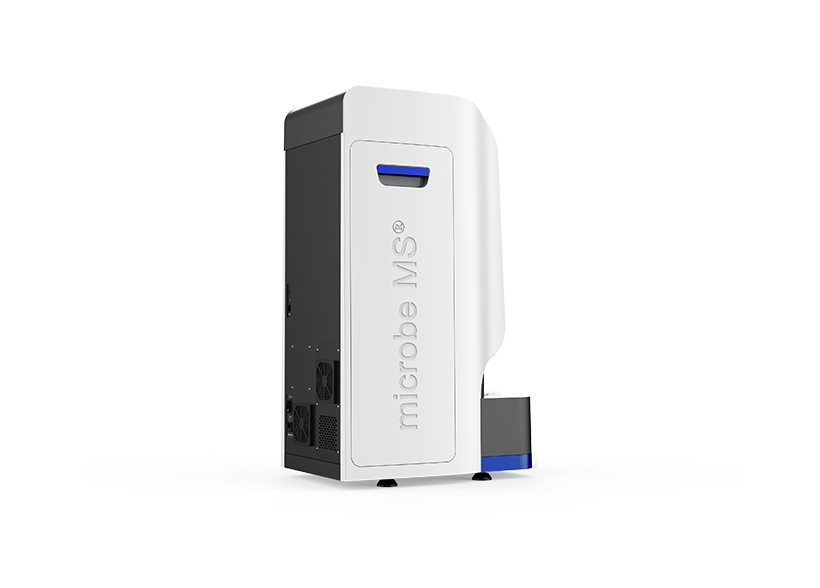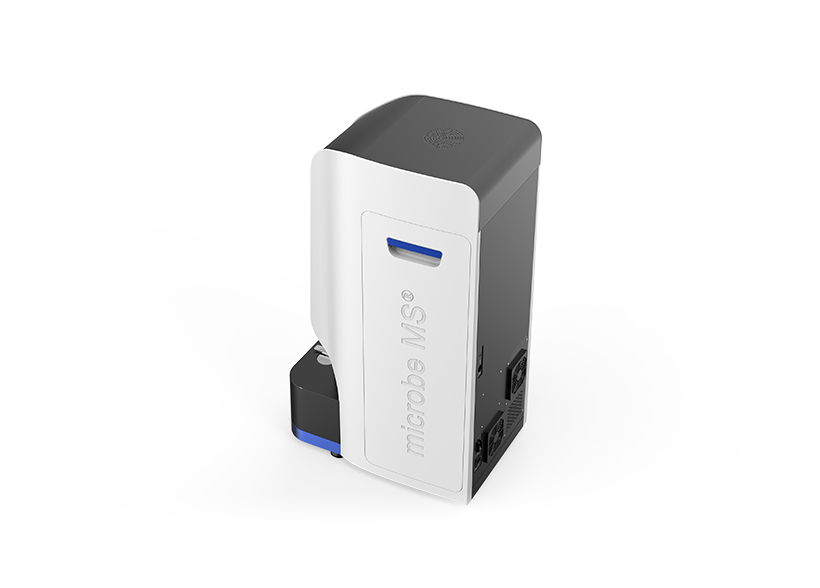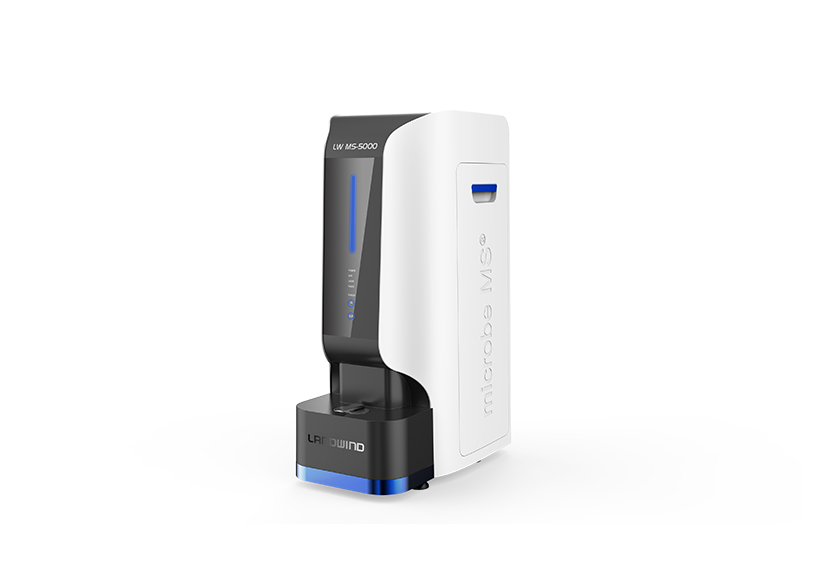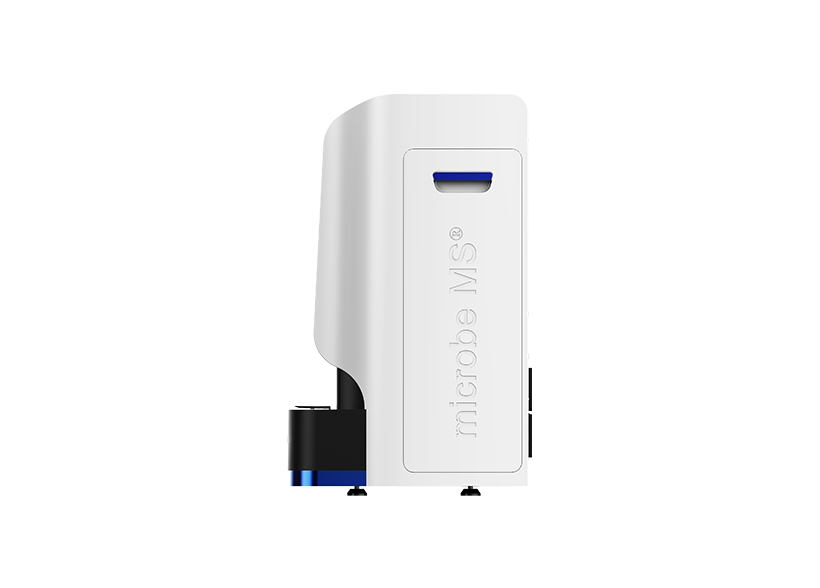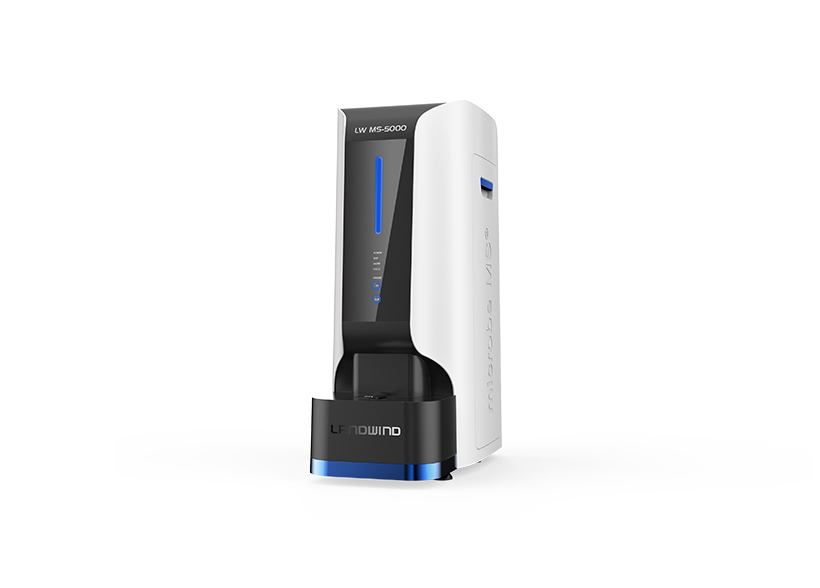The main principle of MALDI-TOF MS to identify microorganisms is to use known strains to establish a database, and to obtain a mass spectrum of the microorganism through detection. Due to the difference in the size of ribosomal protein (2-20KDa) of different strains, the obtained spectrum is compared with that in the database. The microbial species identification results can be obtained after the comparison of the microbial reference mass spectrum
-
Matrix-assisted laser desorption/ionization time-of-flight mass spectrometry (MALDI-TOF MS) technology
-
High throughput:96 test results within 10 minutes
-
High resolution:>4000
-
High sensitivity:100fmol BSA,S/N>10
-
High stability and Excellent repeatability
-
Patented target changing mechanism design to avoid jamming of target;
-
Self-developed high-gain, low-noise preamplifier and data acquisition system to improve sensitivity
-
The first to perfectly integrate protein fingerprint database with microbial morphological information, phenotype plus molecular information combined with AI technology for more accurate identification and more intuitive results
-
Microbiology encyclopedia Library with Colony morphology,staining morphology and Mass spectrum,not only a tool for work, but also a good helper for learning
-
Equipped with clinical and scientific research bacterial libraries, including more than 2,000 clinical bacterial species and 4000 scientific research bacterial species







